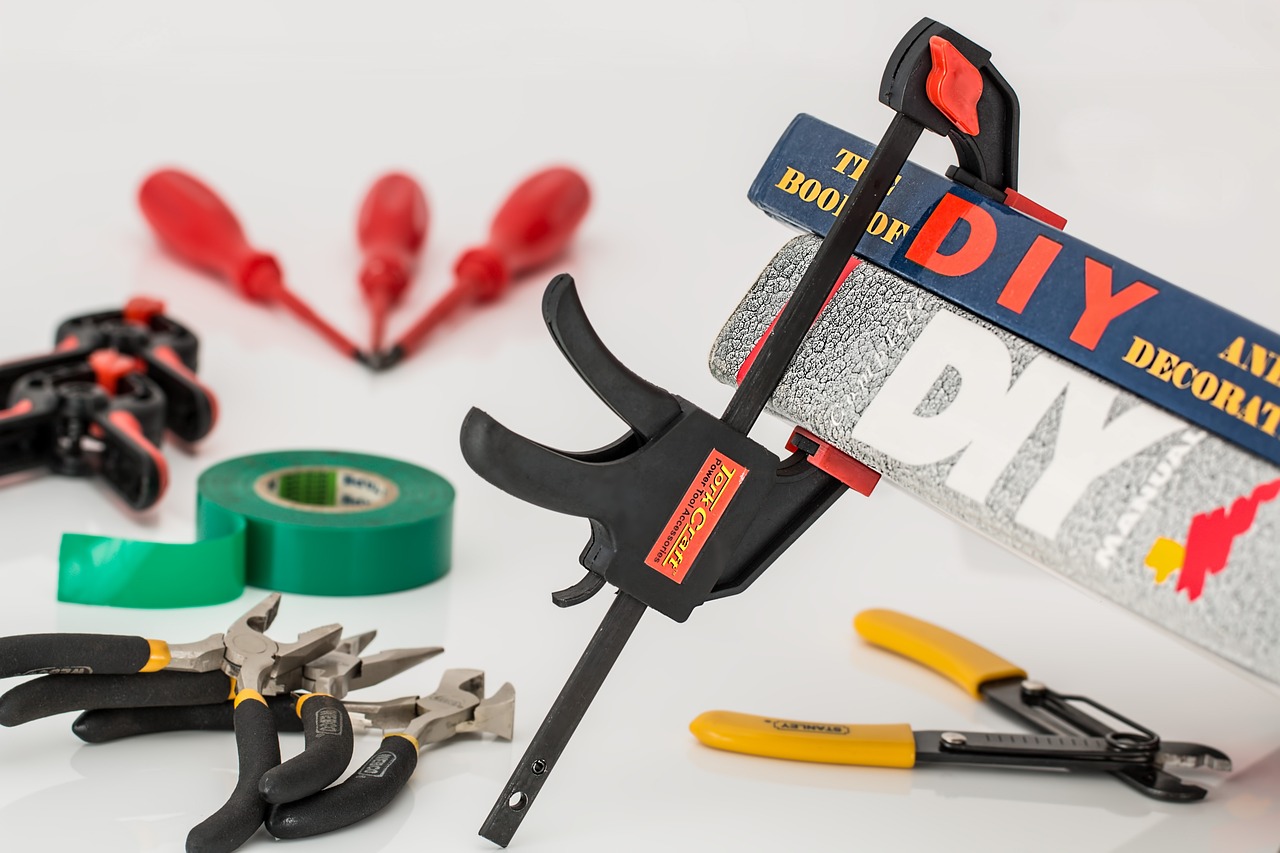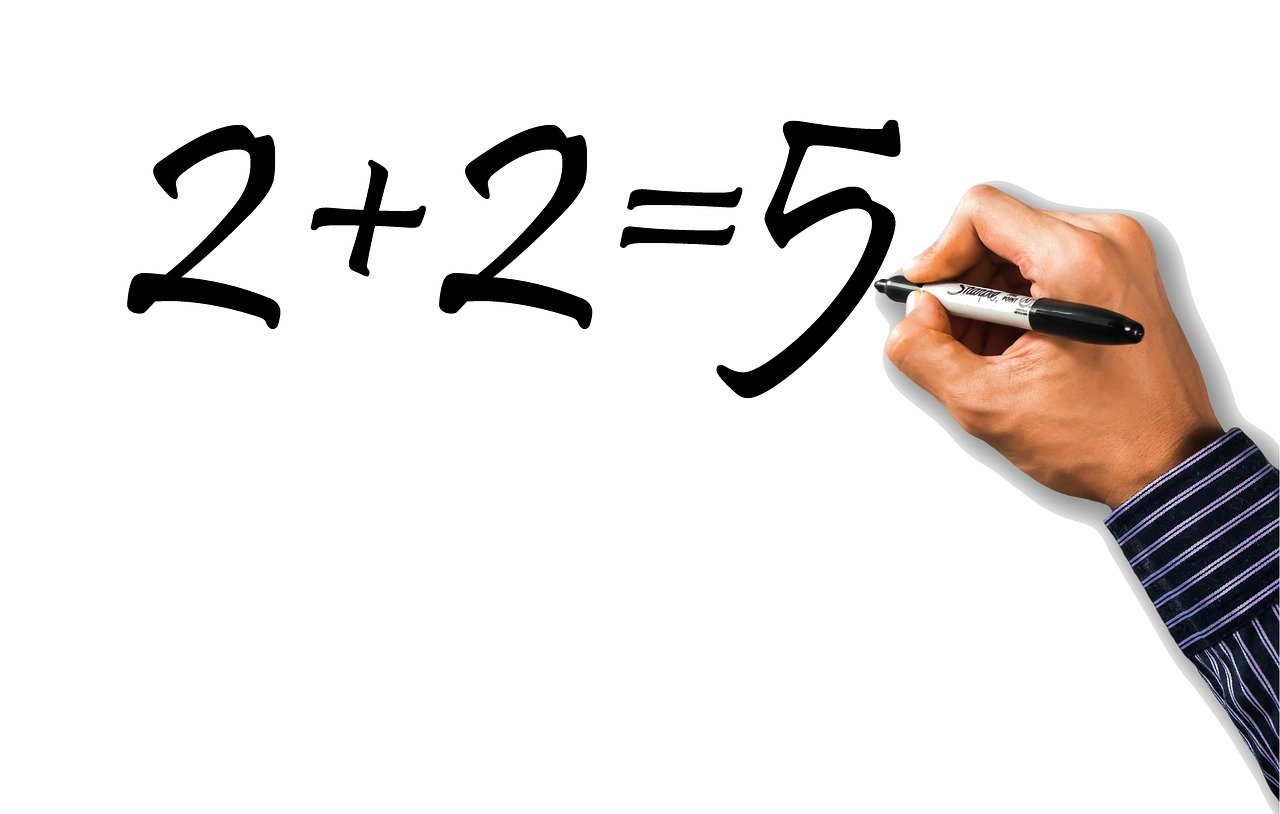A DIY will is becoming more and more common, HOWEVER they are not always correct. This can lead to more confusion over an estate than if there was no will. Below are some examples of some of the worst DIY wills:
- There was a DIY will where the witnesses signed but did not print their names or addresses. Therefore there would have been no way to know who they were or contact them had a witness statement been needed.
- A legal expert was asked to draft a will for an elderly gentleman who had already got an existing handwritten DIY will. His writing was very difficult to understand so potentially would have caused problems in interpreting his wishes.
- One DIY will had been drafted using another person’s will as a template. This meant that several clauses reflected the other person’s personal circumstances and not the testator’s. It resulted in an ineffective will, which failed to carry out the testator’s wishes.
- Another recurring issue is the failure to consider international aspects when drawing up a DIY will. If the testator is from abroad, thought must be given as to whether English law applies to their succession, or where assets sit in other jurisdictions, whether they remain subject to English law or not.
The mistakes people make when undertaking DIY wills are unfortunately many and varied. One of the most common errors is the failure to have the will witnessed correctly, which therefore makes it invalid. People are often unaware of the requirement to have two adult witnesses present (neither of which can be either a beneficiary or married to a beneficiary). Failure to appoint executors to administer the estate is another requirement easily overlooked.
If you would like to keep up with our latest posts and advice about estate planning through the regular advice that we provide to our clients, please follow us on:
Facebook at AndrewDouglasWills
Instagram at adouglaswills





